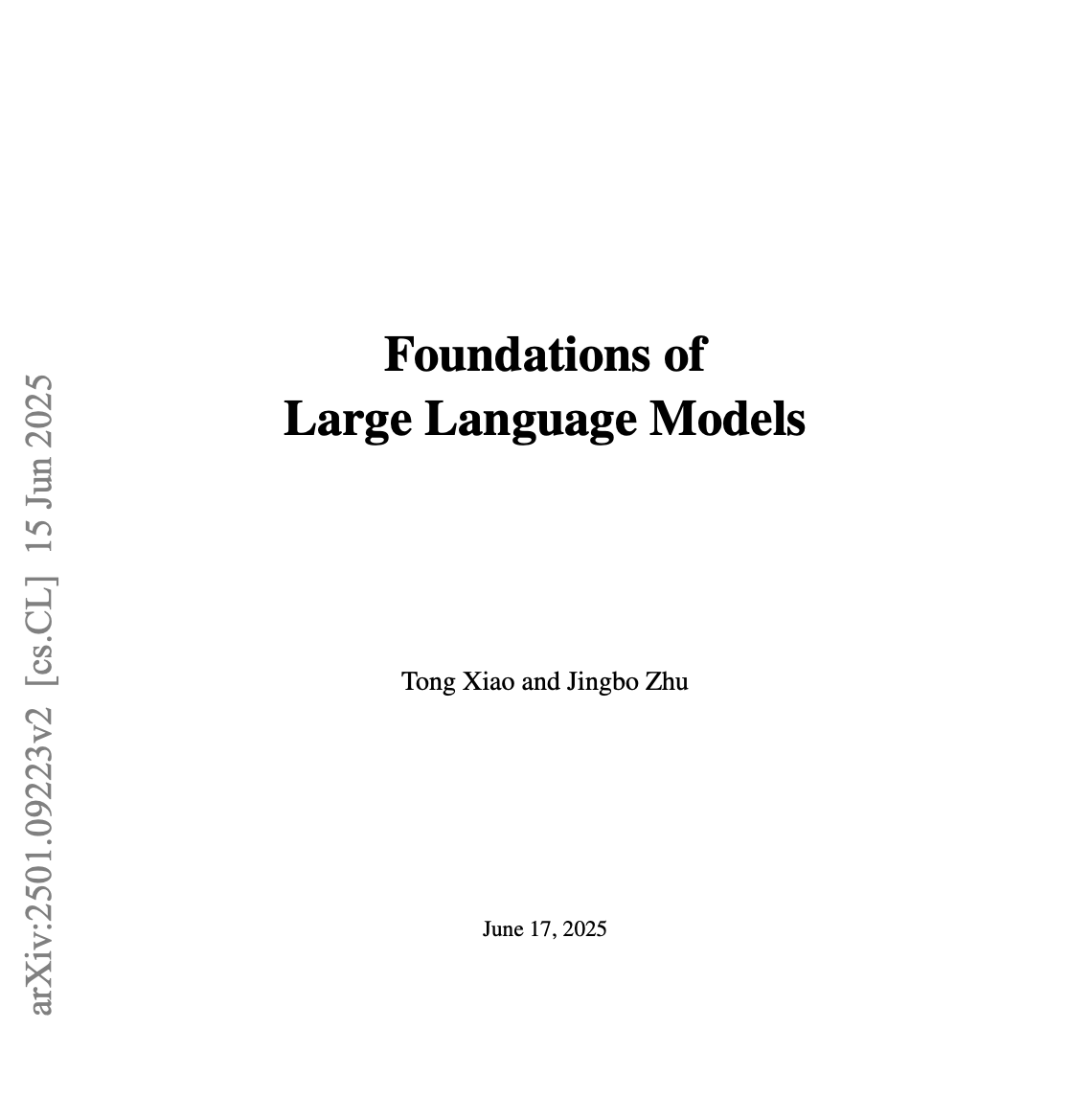
How to get URL link on X (Twitter) App




 Every Large Language Model (LLM) has a token limit.
Every Large Language Model (LLM) has a token limit.



 When people upgrade to more powerful AI, they expect better results.
When people upgrade to more powerful AI, they expect better results.
 90% software engineers think "traditional ML" is outdated.
90% software engineers think "traditional ML" is outdated.



 To understand LLMs, start with pre-training.
To understand LLMs, start with pre-training.

 1. Start with the outcome
1. Start with the outcome



